Renovating an Italian villa is a dream that combines history, charm, and modern luxury. Imagine transforming a centuries-old property in Tuscany or Umbria into a stunning retreat that blends traditional aesthetics with contemporary comforts. From rustic stone walls to hand-carved wooden beams, these timeless features bring character to any renovation project.
Many villas in regions like Chianti and the Italian countryside offer a unique opportunity to design beautiful and functional spaces. Consider incorporating modern conveniences such as state-of-the-art kitchens and bathrooms while preserving the villa’s historical charm. Sustainable practices are also essential, allowing you to maintain the beauty of the countryside while being environmentally conscious.
And don’t forget the incredible views! Whether you’re gazing over the rolling hills of Tuscany or the serene coast, the location of your Italian villa plays a significant role in the renovation. Pay attention to outdoor living spaces to enjoy the stunning landscapes around your renovated villa.
Key Takeaways
- Blend traditional aesthetics with modern comforts.
- Incorporate sustainable practices in your renovation.
- Focus on outdoor living spaces to enjoy the landscape.
Understanding the Basics of Italian Villa Renovation
Renovating an Italian villa merges rich history with modern comforts. Dive into the architectural beauty and ensure structural integrity while maintaining cultural significance.
History and Significance
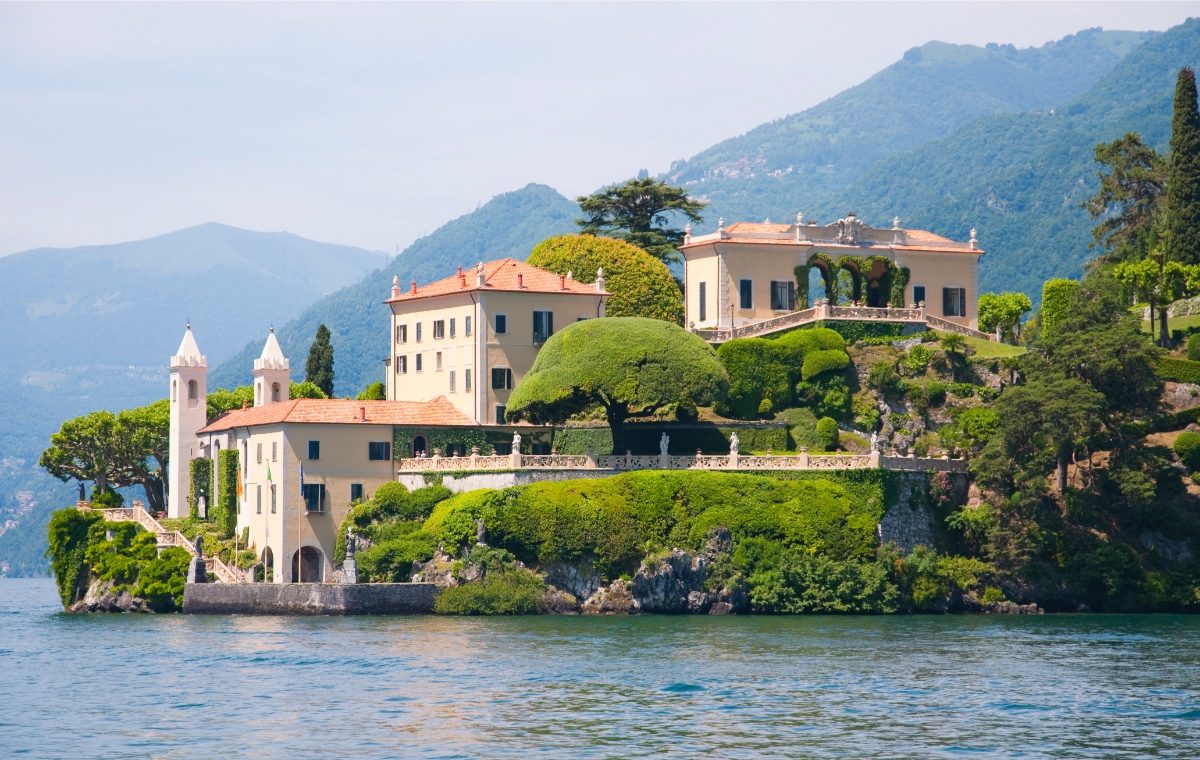
Italian villas are more than just homes; they’re pieces of history. Whether nestled in Tuscany or along the Amalfi Coast, each villa tells a story.
These buildings often date back to the Renaissance and Baroque periods. Their architecture includes grand facades, high ceilings, and detailed frescoes. Preserving these elements is key when renovating.
Imagine restoring frescoes by famous painters or keeping original stonework intact. You honor the villa’s history by respecting the craftsmanship.
This blend of old and new breathes life into these magnificent structures. Renovating isn’t just about updating; it’s about preserving Italy’s cultural legacy.
Types of Italian Villas
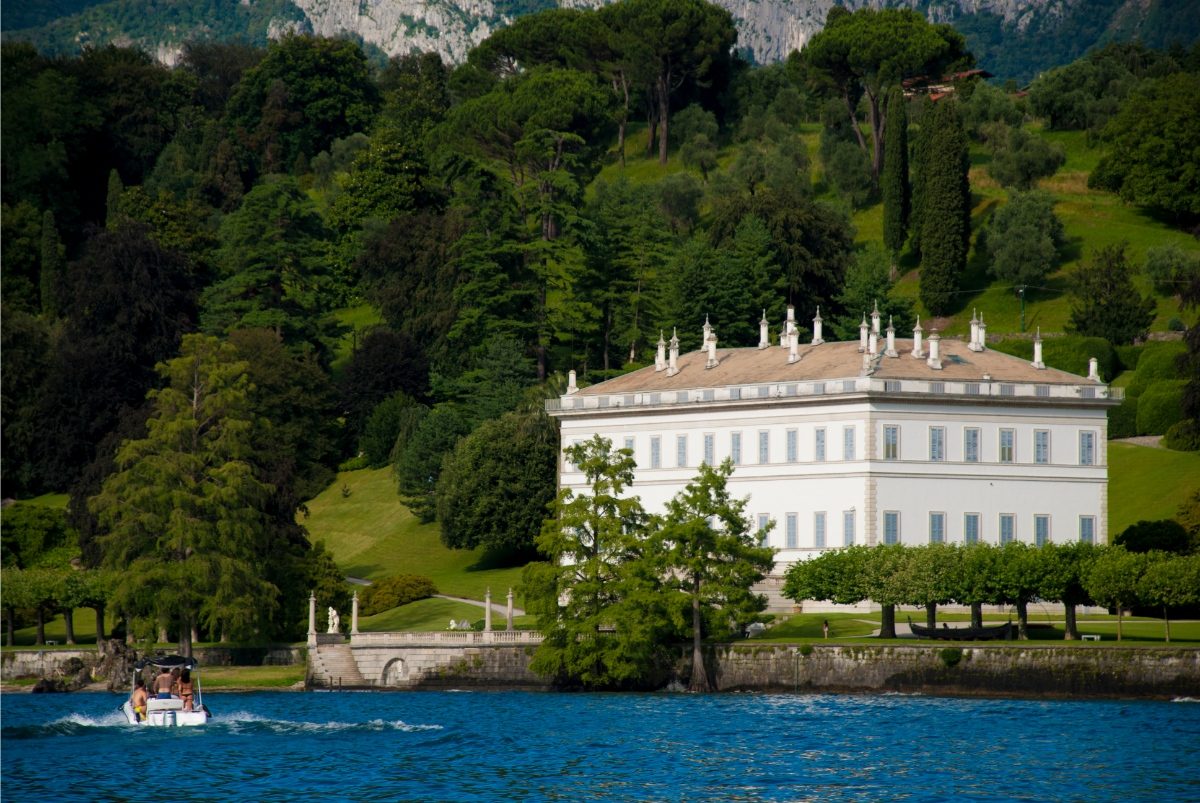
Italian villas come in various styles, each with its charm. You might find a rustic farmhouse in the countryside, perfect for a serene escape. Townhouses in bustling cities offer history with a dash of urban living. Coastal villas along the Mediterranean provide stunning sea views and a warm climate.
Farmhouses typically feature terracotta roofs, wooden beams, and thick stone walls. Townhouses might have elegant balconies and intricate wrought iron details.
Coastal villas often include expansive terraces and lush gardens. Understanding the type of villa helps you plan your renovation better. Each style has unique features to cherish and highlight.
Structural Considerations

Renovating an Italian villa presents challenges. Old structures often need reinforcement, and plumbing, electrical systems, and insulation might need to be updated to meet modern standards.
Local building regulations can also be strict. It’s important to work with skilled architects and contractors who respect traditional designs. Start by assessing the foundation. Ensure it’s stable to support any new additions. Use materials that blend with the original architecture.
For example, replace aging wooden beams with reclaimed wood for an authentic look. Consider installing underfloor heating to maintain comfort without detracting from historical aesthetics.
See Related: Italy Villa Rental Green Certifications: Guide to Sustainable Luxury
Design and Aesthetics
Italian villas are rich in history and character, blending traditional and modern elements. To maintain their charm while incorporating contemporary touches, you should focus on thoughtful design choices, rustic yet elegant materials, and luxurious furnishings that convey the essence of Italian living.
Interior Design Concepts
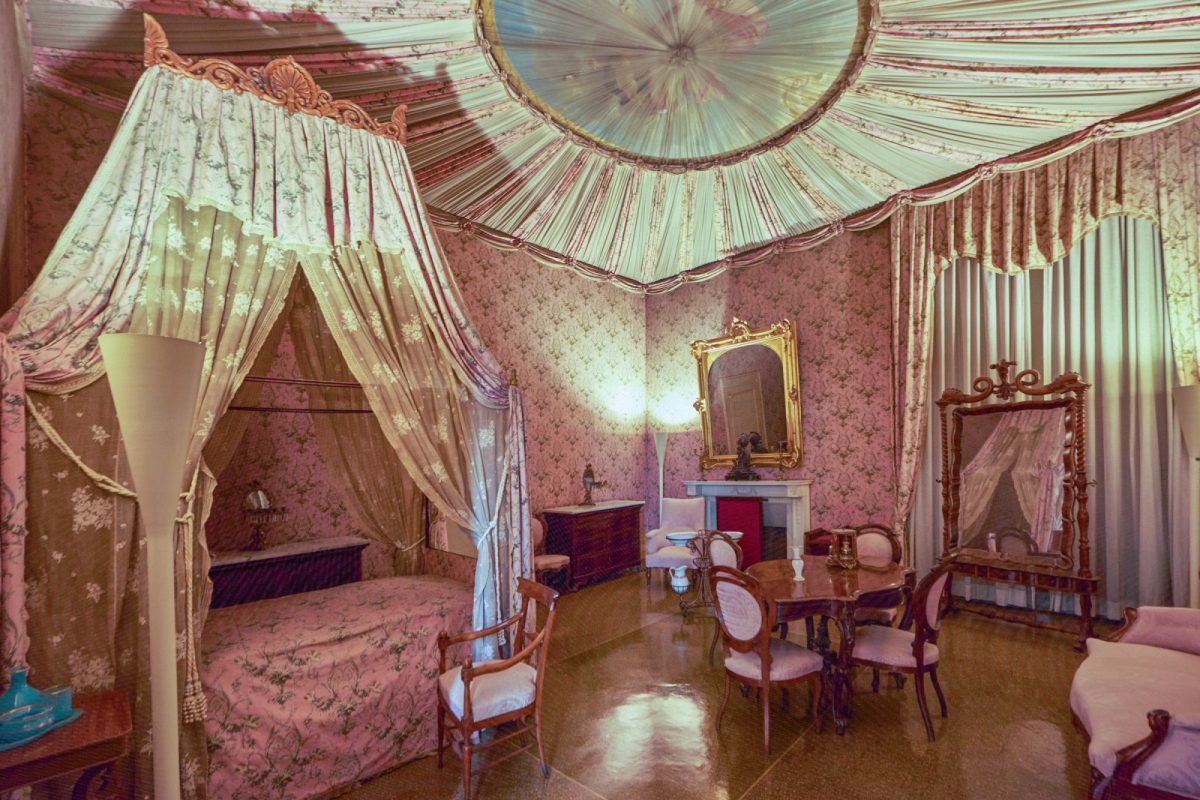
Italian villa interiors often reflect a blend of old-world charm and modern elegance. You might see exposed wooden beams on the ceilings, original stone walls, and large arched windows that bring in plenty of natural light.
Warm earth tones like terracotta, creamy whites, and rich browns dominate the color palette, creating a cozy and inviting atmosphere. To add character, you can incorporate Tuscan elements such as wrought iron accents, antique furniture, and decorative ceiling frescoes. Modern touches can be added with sleek, minimalist furniture or contemporary art pieces, seamlessly blending traditional and new design elements.
Flooring and Wall Treatments
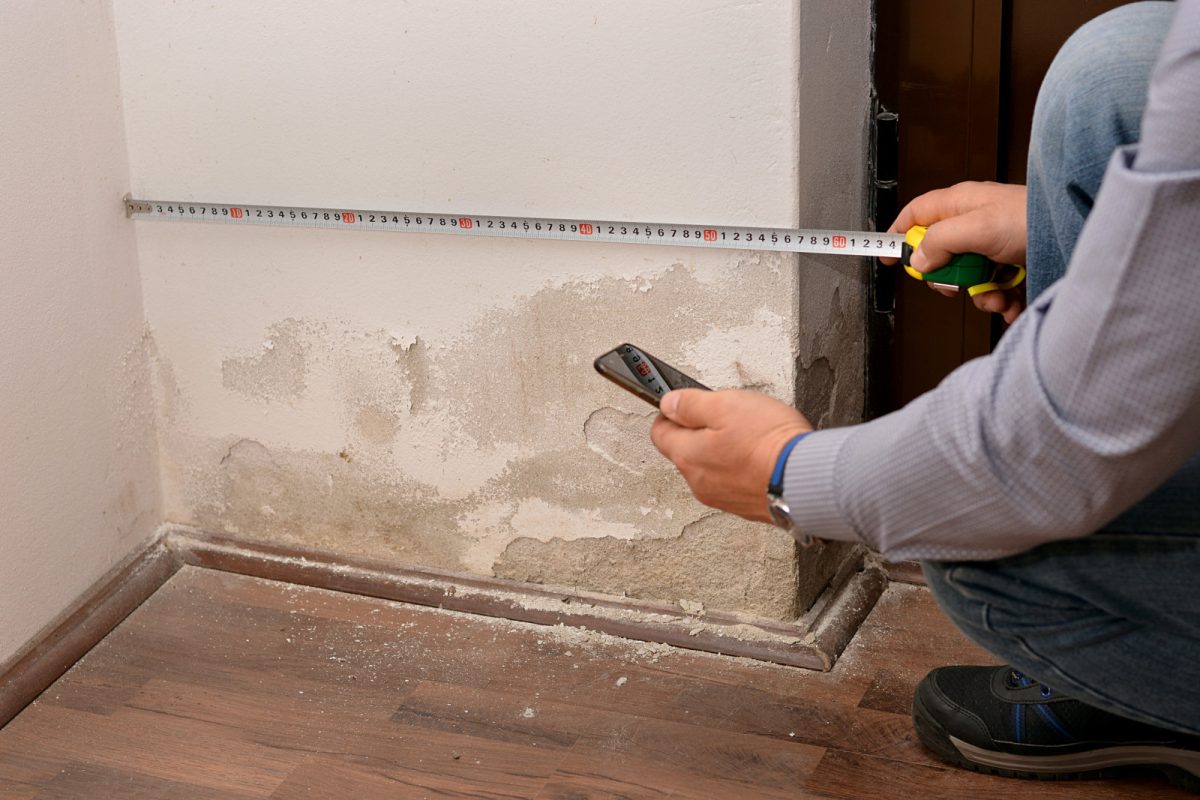
Floors in Italian villas are typically made from natural materials like marble, terracotta, or travertine. These materials provide durability and add a touch of luxury and authenticity. Large, polished marble tiles are perfect for creating a grand entrance, while terracotta tiles can give a rustic warmth to kitchens and living areas.
For the walls, you might opt for textured plaster finishes or Venetian stucco, which bring depth and richness to the space. Exposed stone walls can also create a rustic, historical feel, while painted frescoes or murals add an artistic touch. Wooden wainscoting is another classic choice that reinforces the traditional Italian aesthetic.
Furniture and Decor Selection
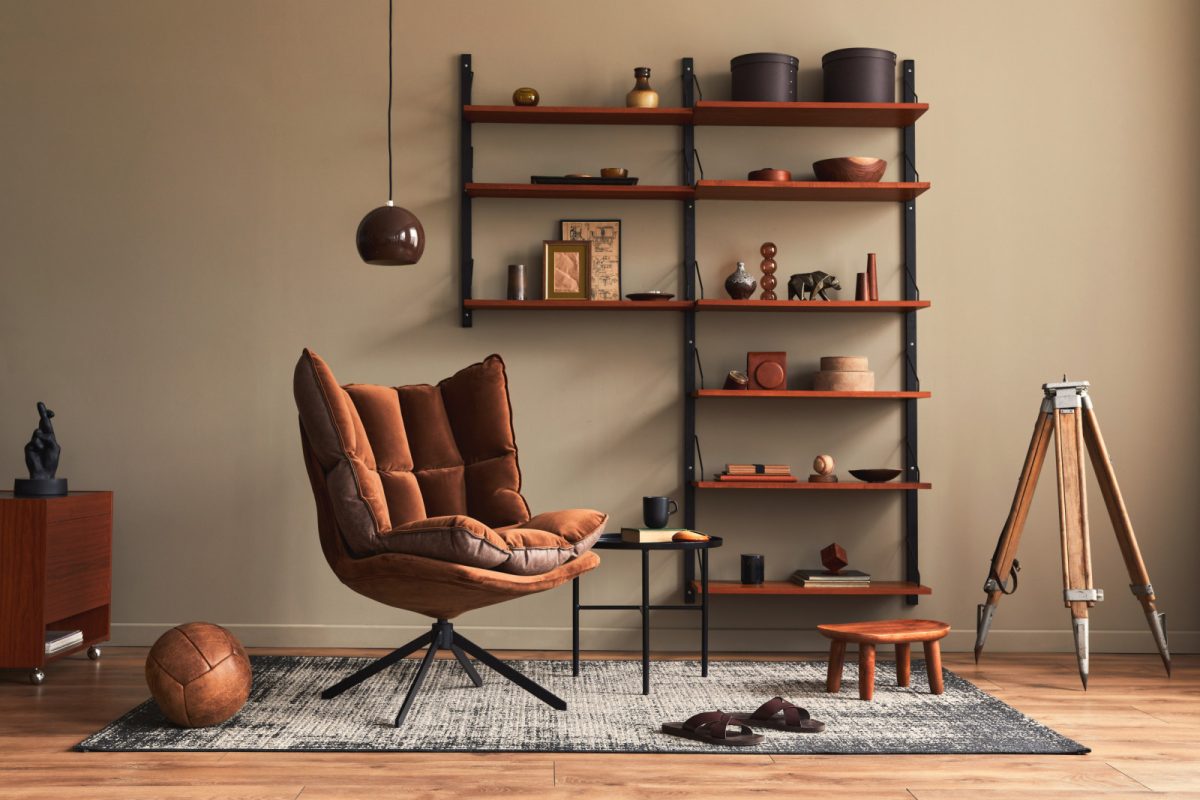
When selecting furniture and decor, focus on pieces that emphasize comfort and craftsmanship. Handcrafted wooden furniture, such as large dining tables or intricately carved chairs, can be functional and decorative.
For fabrics, choose rich textures like velvet or linen in earthy colors. Adding vintage rugs, ornate mirrors, and ceramic vases can enhance the villa’s elegance. Indoor lighting is crucial; think wrought iron chandeliers in living areas and wall sconces in hallways to create a warm and inviting glow.
Blending antiques with modern elements, such as contemporary art mixed with classic decor, helps bring your villa a unique and personalized touch. By harmonizing these elements, you create a timeless and fresh space.
See Related: Italy Villa Rental Laws: Navigating Regulations for a Hassle-Free Vacation
Modern Conveniences
Incorporating modern conveniences into your Italian villa can enhance comfort without sacrificing the charming, historic feel. The key areas to focus on are lighting and electrical upgrades, smart home integrations, and heating and cooling systems.
Lighting and Electrical Upgrades
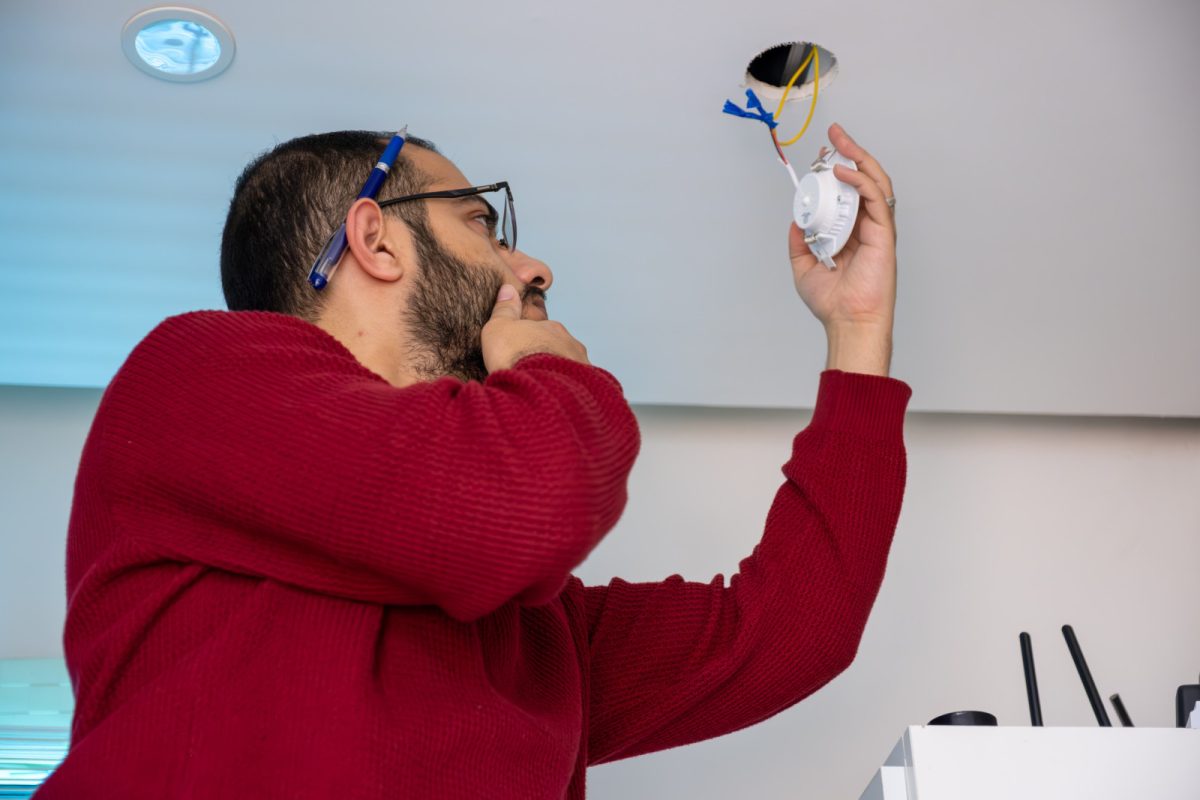
Updating the lighting and electrical systems in your villa is crucial. Start with energy-efficient LED lights.
These lights save energy and offer great flexibility in terms of color and brightness. Use vintage-style fixtures or chandeliers in the dining room and living areas for a classic touch.
You should also rewire electrical systems to meet modern safety standards. This is especially important in older villas where outdated wiring could be a hazard. Remember to add plenty of outlets, especially in the kitchen and bathrooms, where you’ll need them the most.
Also, consider installing automated lighting systems. These allow you to control lights from your smartphone or set timers, adding convenience and security.
Smart Home Integrations
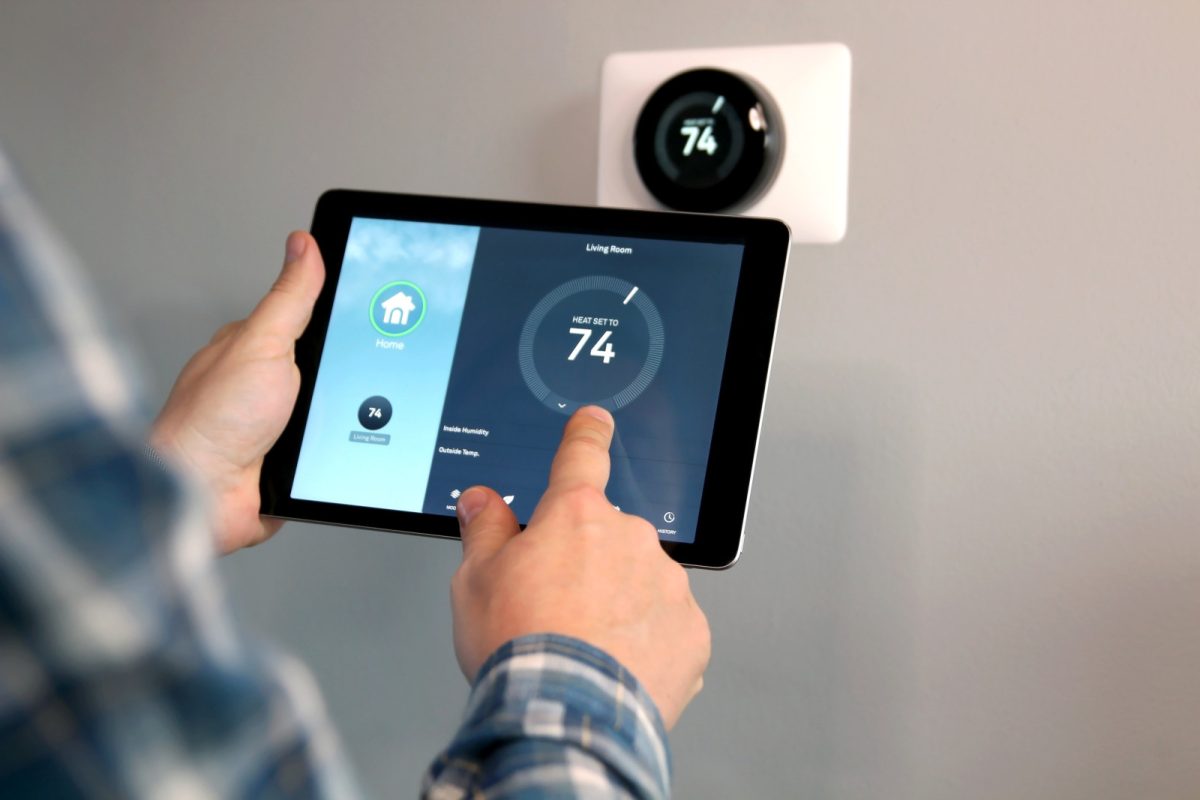
Smart home technology can make life in your villa much more convenient. Install a smart thermostat that adjusts the temperature based on your preferences and daily routine. This not only saves energy but also keeps the villa comfortable year-round.
Smart lighting can also be beneficial. With systems like Philips Hue, you can control the lighting through your phone or voice commands. Imagine walking into your villa and having the lights adjust to your favorite settings without lifting a finger.
For security, consider smart locks and surveillance cameras. These provide peace of mind whether you’re at the villa or away. You can monitor your property from anywhere in the world with remote access.
Heating and Cooling Systems
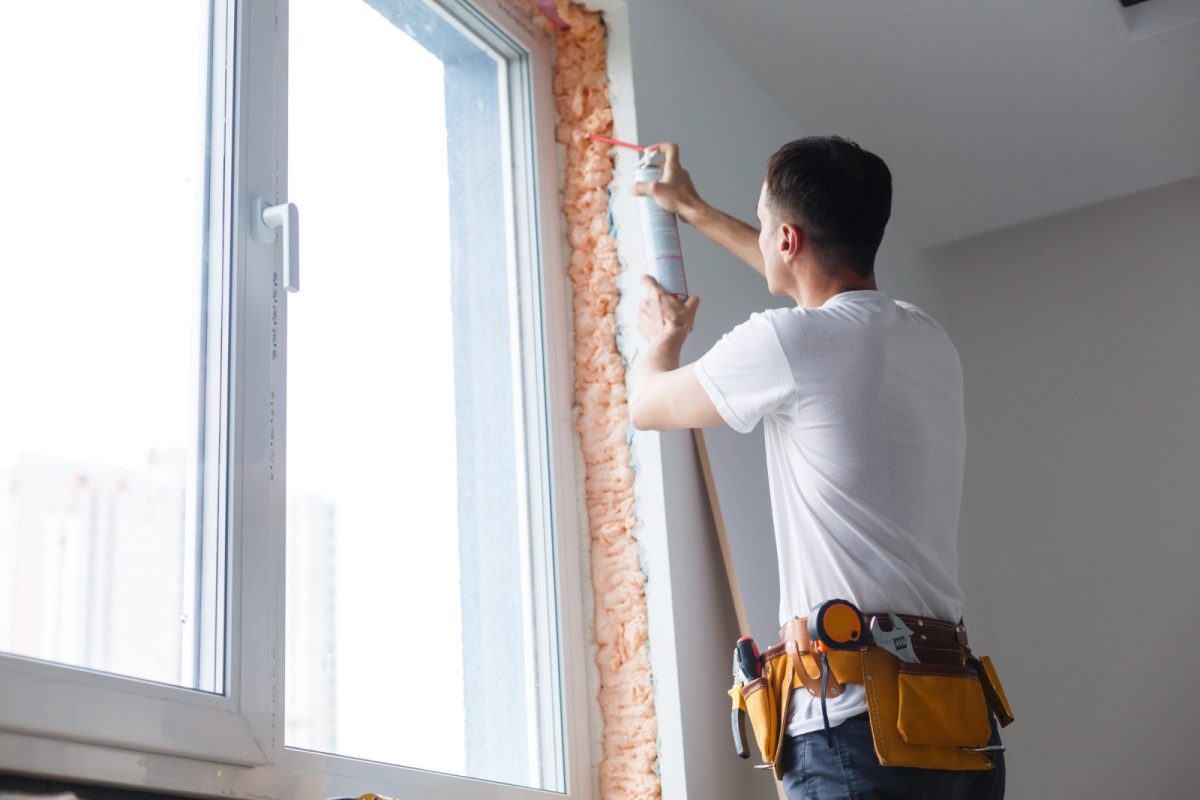
Heating and cooling an old villa efficiently can be challenging, but modern systems make it easier. Radiant floor heating is a luxurious option, especially in bathrooms. It keeps the floors warm and heats the room more evenly than traditional radiators.
Ductless mini-split systems provide an efficient way to cool your villa without extensive ductwork. These are especially useful in older buildings where installing ductwork could be invasive and costly.
Consider installing energy-efficient windows and doors to improve insulation. This will help maintain the internal temperature, reducing the need for winter heating and summer cooling.
Sustainable Practices
Focusing on sustainable practices when renovating an Italian villa not only helps preserve the environment but also enhances the property’s beauty and longevity. Let’s explore how energy efficiency, sustainable materials, and water conservation can seamlessly integrate into your villa’s renovation.
Energy Efficiency
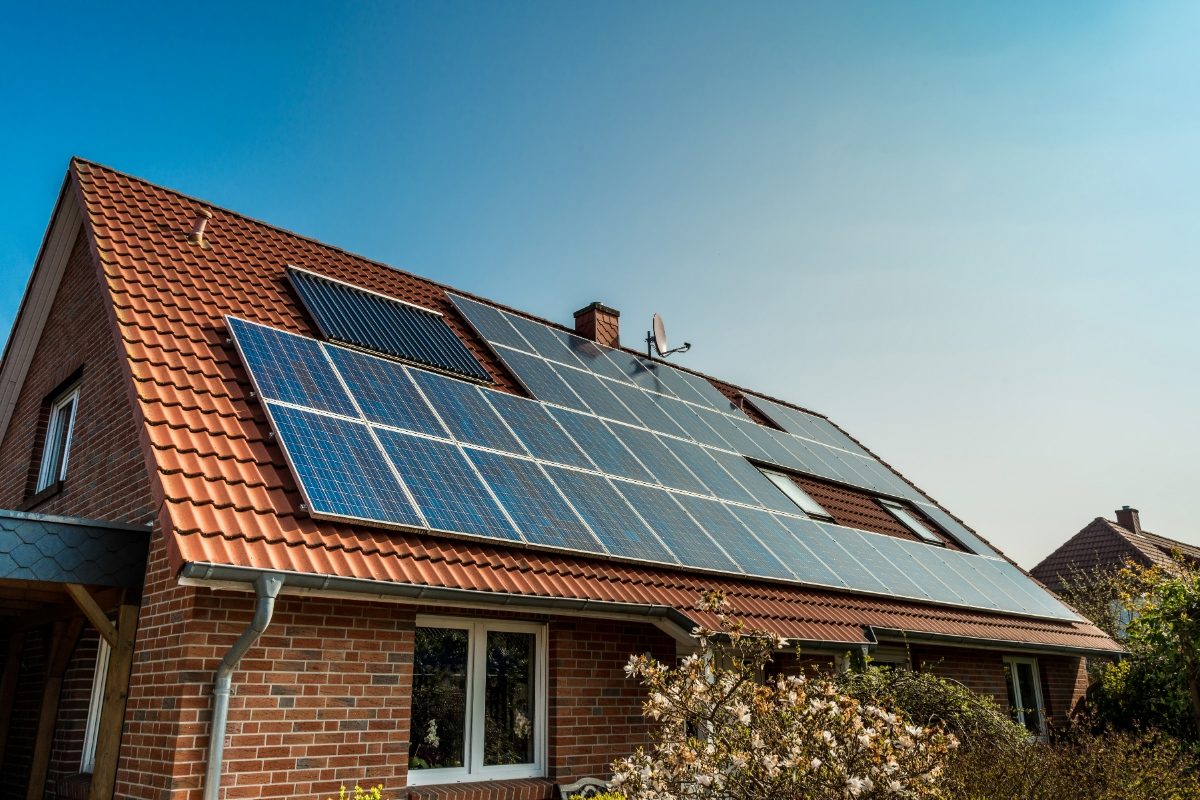
Improving energy efficiency can significantly reduce your villa’s environmental footprint and energy costs. Start by installing solar panels on the roof, which can provide a renewable energy source tailored to the villa’s needs. Solar panels blend well with traditional terracotta tiles, maintaining the villa’s aesthetic.
Thermal insulation is another key aspect. You can maintain comfortable indoor temperatures year-round by insulating the walls, attic, and floors. Opt for natural insulation materials like sheep’s wool or cork, which perform well and align with eco-friendly principles.
Consider upgrading windows to double-glazed units. These are particularly effective in older villas with drafty original windows. Double glazing reduces heat loss and keeps the villa cozy without compromising its historical charm.
Sustainable Materials
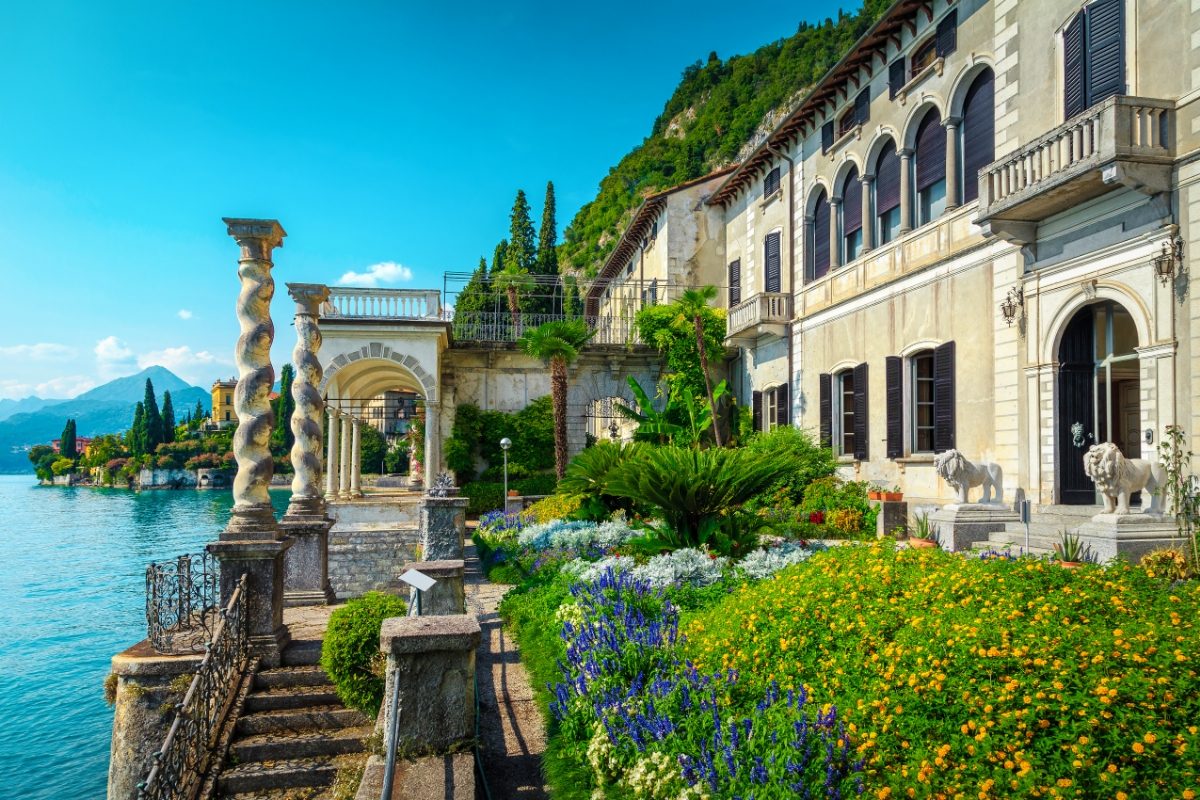
Using sustainable materials is crucial for an eco-friendly renovation. Traditional options like natural stone for facades and terraces can seamlessly blend with the Italian landscape while remaining durable and low-maintenance.
For interiors, look for sustainable materials like recycled wood and bamboo flooring, which add a warm, natural touch to living spaces whether vintage or modern, upcycled furniture pieces can bring character and uniqueness to each room.
You might want to explore paint choices, too. Low-VOC (Volatile Organic Compounds) paints are better for indoor air quality and less environmentally harmful. These paints come in numerous colors and finishes, allowing you to maintain the villa’s charm without sacrificing sustainability.
Water Conservation
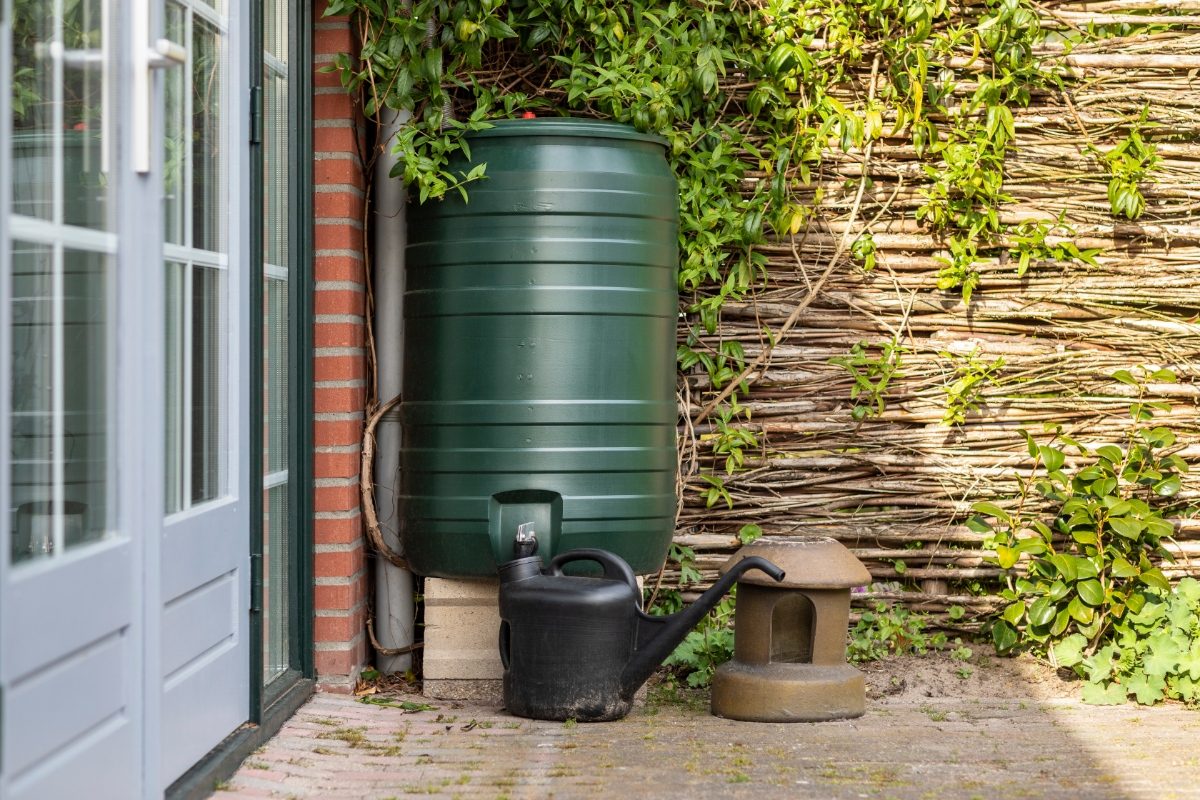
Water conservation is a critical part of sustainable living, especially in regions like Italy where water resources can be limited. Rainwater harvesting systems can be installed to collect and store rainwater for use in gardens and landscaping, reducing reliance on municipal water supplies.
Switching to low-flow fixtures for faucets, showers, and toilets can greatly reduce water usage without compromising comfort or functionality. These fixtures are easy to install and come in designs that match the villa’s style.
Another effective strategy is creating drought-resistant gardens using native plants. These gardens require less water and maintenance yet enhance the villa’s outdoor beauty. Using porous materials for pathways can also help recharge groundwater and prevent erosion, keeping your villa’s surroundings lush and thriving.
See Related: The Ultimate Guide to Luxury Amenities in Italian Villas
Legal and Administrative Considerations
Renovating an Italian villa involves navigating through various legal and administrative steps. Ensure you get the necessary permits, hire reputable contractors, and consider insurance and liability issues.
Permits and Regulations
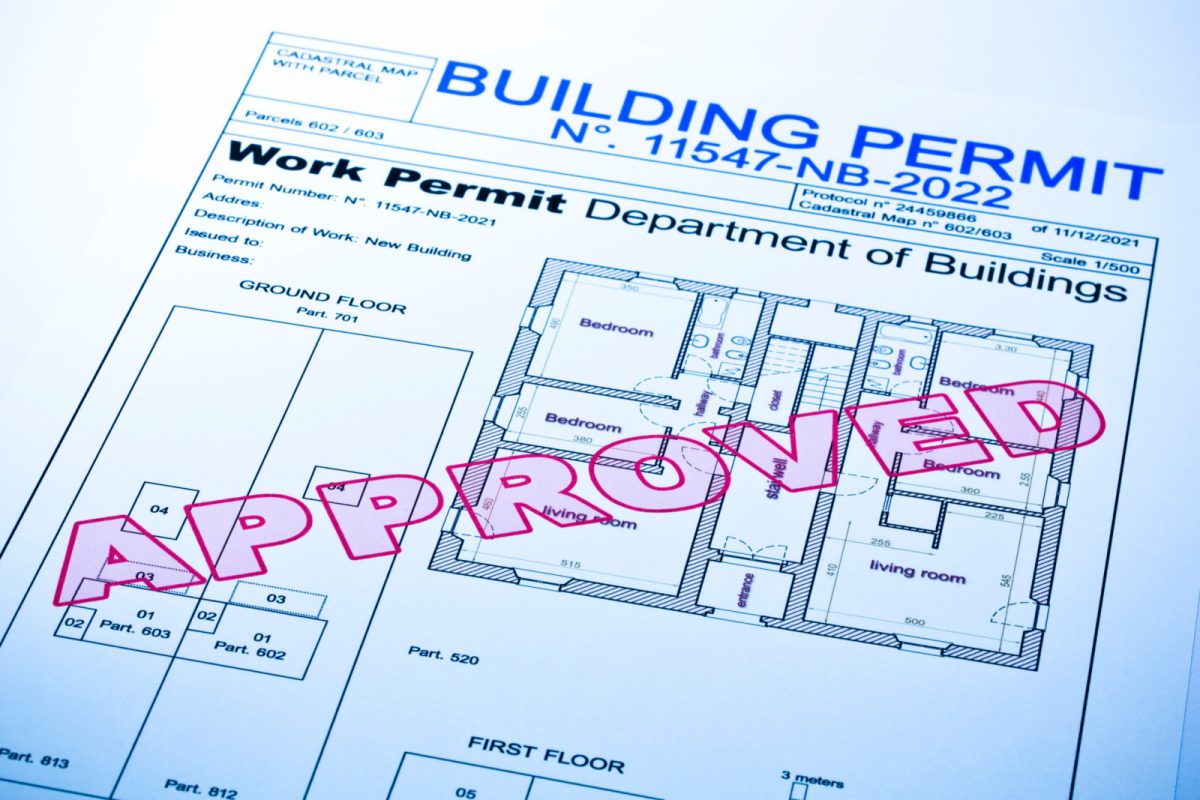
Before starting any renovation, you’ll need permits. Italian legislation requires permits for major renovations, like adding rooms or changing the use of a building. Every region and even some municipalities have their unique rules.
Be prepared to show detailed plans. You’ll deal with the Comune (local town hall). Some projects need a Concessione Edilizia (building concession) or a DIA (Sworn Works Declaration).
Keep in mind that historic properties have stricter rules. You might need approval from the local branch of the Soprintendenza (Cultural Heritage Office).
They get the final say if you’re updating a 17th-century fresco or wall. Hiring an architect familiar with local laws is wise to guide you through this maze and avoid costly mistakes.
Hiring Contractors and Project Management
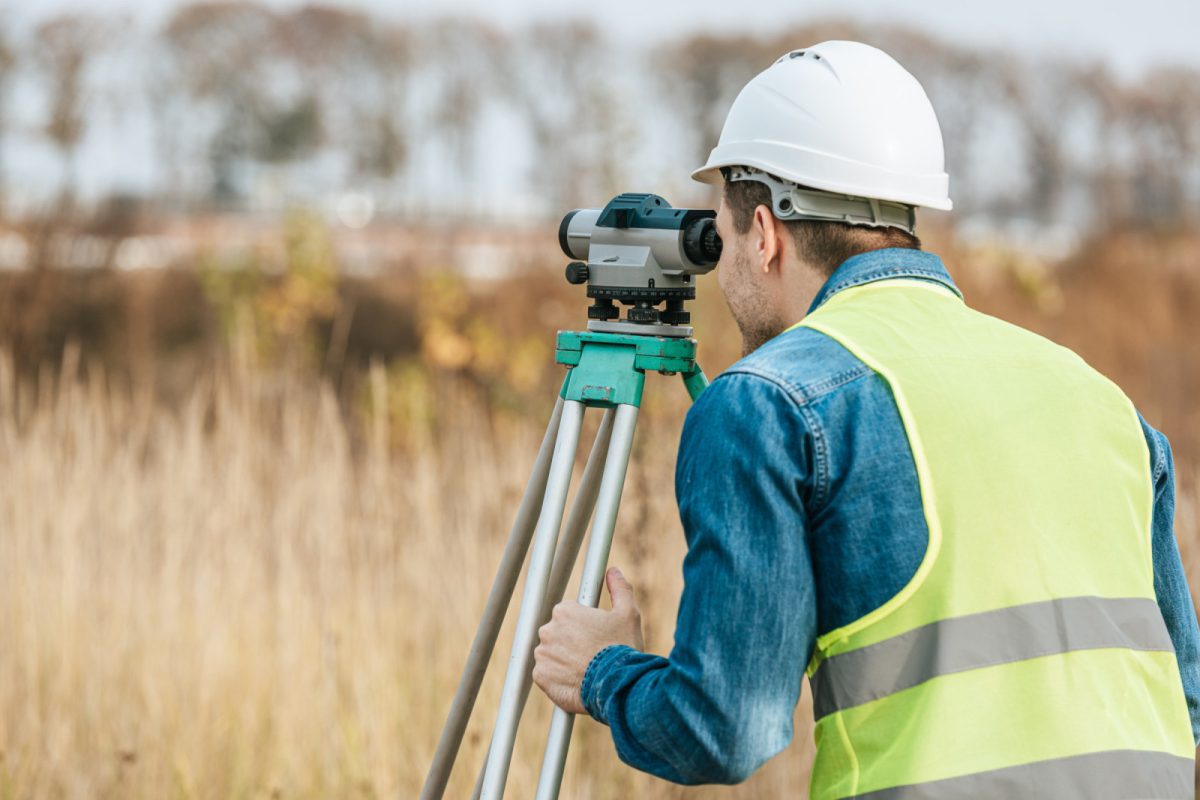
Finding skilled contractors who understand both traditional Italian methods and modern conveniences. Look for those who have experience with villas and heritage properties. You might encounter professionals like geometra (surveyor), who can help manage projects and coordinate with other workers.
Project management here can be different from what you might expect. Ensure your contractors provide detailed timelines and budget forecasts. Arrange regular updates and site meetings to manage progress.
Consider hiring an English-speaking project manager to bridge any communication gaps. Partnering with a local arti (master craftsman) can be invaluable, especially for restoring intricate woodwork or stucco.
Insurance and Liability

Insurance is a must. Renovations, especially large ones, come with risks. Ensure your existing property insurance covers renovations, or get a new policy.
This will protect you in case of accidents or damage during construction. Check if your contractors have their insurance to avoid any disputes later.
Liability is another area to consider. You could be liable if a worker gets injured on your property. Ensure all contractors follow safety protocols.
Have liability clauses in your contracts detailing who is responsible for what. Knowing you’re covered if someone falls off a ladder is peace of mind.
Frequently Asked Questions
Embarking on an Italian villa renovation can be both exciting and daunting. From maintaining historic charm to integrating modern comforts, there’s much to consider.
What are the main considerations when embarking on a modern renovation of an older Italian villa?
You must first check the villa’s structural integrity when starting a modern renovation. Look at the foundation, walls, and roof. Another important area is the legal aspect.
Make sure you have the necessary permits. Then, think about blending old with new. It’s all about balance.
How can original features be preserved while incorporating modern amenities in an Italian villa renovation?
You can keep original features like exposed beams, vintage tiles, and stone walls. They add unique charm and character.
At the same time, modern amenities like updated kitchens, bathrooms, and heating systems can be added. For example, modern heating elements can be hidden within original walls or floors.
What are some inspiring things before and after the transformations of Italian villa renovations?
Many old villas start as charming yet rundown structures. Picture a once-crumbling villa with cracked walls and faded paint.
After renovation, it transforms into a luxurious haven. Think fresh plaster, new wooden floors, and bright, airy spaces. It’s like stepping into a slice of modern paradise while retaining its historic soul.
Which room tends to be the most challenging when renovating a historic Italian home?
The kitchen often poses the most challenges. It’s the heart of the home, but old kitchens weren’t designed for modern appliances.
You might need to rework the layout entirely. Adding new plumbing and electrical systems can be tricky. But it can become the perfect blend of function and beauty once modernized.

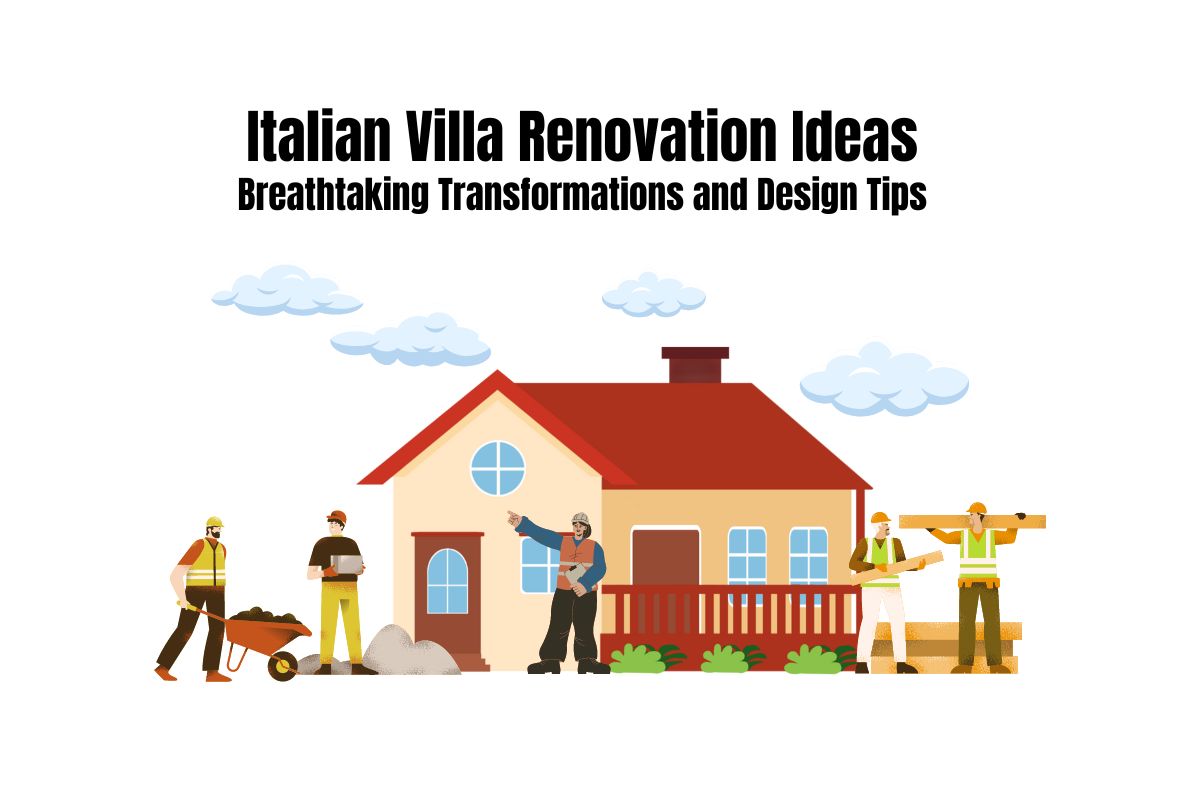
0 Comment